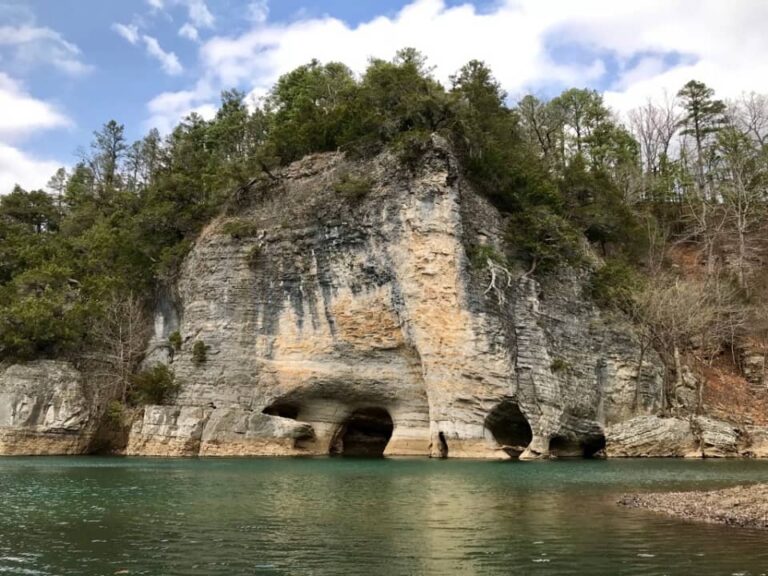
Listen, I’ve summited bluffs from Wisconsin’s Driftless Area to Iowa’s Loess Hills, but let me tell you something—there’s no terrain quite like navigating a world-class corn maze with a toddler in tow and a pocket full of kettle corn. As someone who spends most weekends with dirt under my boots and a pack on my back, I never thought I’d become obsessed with pumpkin patches. But here we are, and honestly? Some of these places offer more adventure per acre than half the trails I’ve hiked.
The thing about being a Midwestern outdoor enthusiast is that you learn to find adventure everywhere—including in the middle of a farmer’s field turned autumn wonderland. And trust me, after exploring dozens of these harvest hotspots across the heartland, I’ve discovered that the best pumpkin patches are basically outdoor adventure parks disguised as farms.
From Simple Pumpkin Picking to Epic Outdoor Adventures
Growing up in rural Minnesota, our idea of a pumpkin patch was literally just that—a patch of pumpkins at the end of Miller’s corn field. You’d walk out, grab a gourd, maybe ride on the back of his pickup truck if you were lucky. It was simple, authentic, and honestly? Pretty boring for a kid who’d rather be climbing trees or building forts.
But somewhere along the way, Midwest farmers figured out what outdoor recreation folks have known forever: people crave experiences, not just products. They started thinking like trail designers, creating intricate corn mazes that rival any backcountry navigation challenge. They added elevation with observation towers that’d make a fire lookout jealous. They created obstacle courses, zip lines, and adventure elements that would fit right in at any outdoor adventure park.
The result? These modern pumpkin patches have become some of the most innovative outdoor recreational spaces in the Midwest. They’re seasonal adventure playgrounds that happen to grow really good squash.
Conquering the Corn Maze: Navigation Skills Required
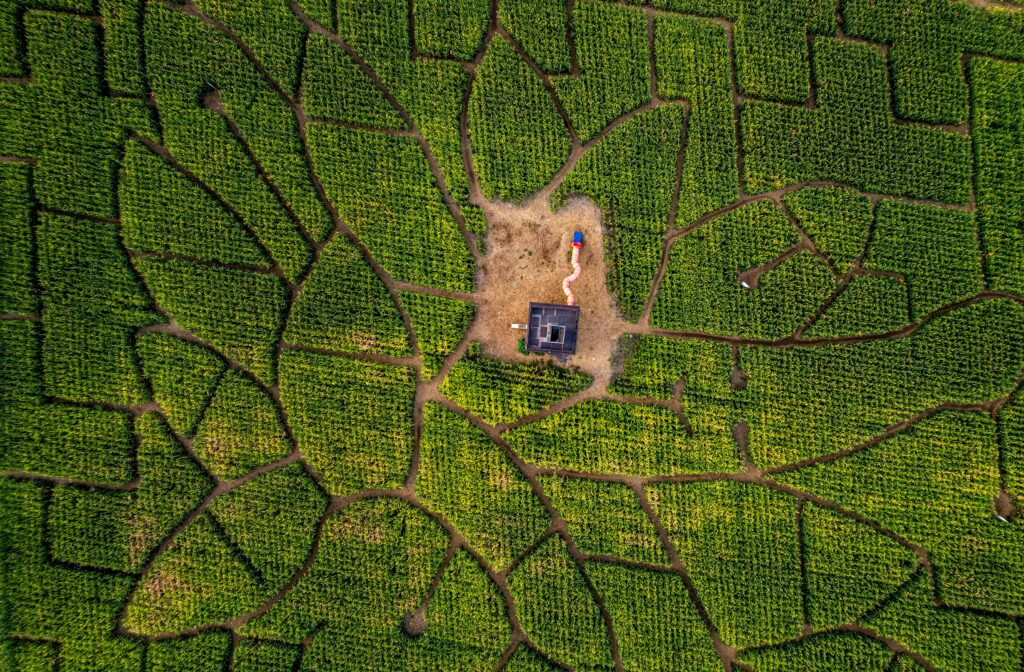
As someone who’s spent plenty of time with a compass and map (and yes, I still carry both, even with GPS), I have mad respect for a well-designed corn maze. These aren’t just random paths cut through corn—the good ones are legitimate navigation challenges that’ll test your orienteering skills and your patience.
Richardson Adventure Farm in Spring Grove, Illinois is like the Everest of corn mazes. At 28 acres, this thing is bigger than some state parks I’ve hiked. They change the design every year, and from above, it’s actual art—we’re talking intricate patterns that celebrate everything from historical events to sports teams. But here’s the thing about Richardson: it’s not just about the maze. This place has turned into a full-scale outdoor adventure park. They’ve got ziplines that’ll get your adrenaline pumping, a 50-foot observation tower (hello, summit views!), pedal carts for when your legs need a break from hiking, and jumping pillows that are basically trampolines for adults who refuse to admit they’re adults.
The corn maze itself is a beast. I went in cocky, thinking, “I navigate backcountry trails for fun, how hard can this be?” Two hours later, I was humbled, slightly sunburned, and using every orienteering trick I’d ever learned. Pro tip from someone who’s been lost in worse places: pay attention to the sun’s position, take note of landmarks (like that observation tower), and don’t be too proud to backtrack when you hit a dead end.
Rader Family Farms in Morton, Illinois offers a different kind of challenge. Morton calls itself the “Pumpkin Capital of the World,” and they’re not messing around. Their corn maze might not claim world-record status, but it’s thoughtfully designed with the kind of attention to detail you’d expect from someone who actually understands how people move through outdoor spaces. What I love about Rader is the authentic farm atmosphere—it feels like an actual working farm that happens to have awesome recreational opportunities, not a theme park pretending to be a farm.
The navigation challenge here is more about problem-solving than pure endurance. They often incorporate interactive elements and themed challenges within the maze, kind of like a backcountry scavenger hunt. And when you finally emerge victorious, you’re rewarded with pig races (surprisingly entertaining), barrel train rides, and a giant jumping pillow that’s perfect for celebrating your maze conquest.
Vala’s Pumpkin Patch in Nebraska deserves a mention here too. Their corn maze is part of what I can only describe as an outdoor recreation empire. It’s like someone took every fun outdoor activity, threw them all onto one farm, and said, “Let’s see what happens.” The maze itself is solid—not the biggest, but well-designed and integrated into the overall flow of the property.
Here’s what I’ve learned from tackling dozens of these mazes: treat them like any other navigation challenge. Study the map before you go in, establish a strategy (right-hand rule works great), stay hydrated, and remember that getting lost is half the fun. Some of my best outdoor memories have come from being temporarily misplaced in a corn maze with friends, laughing at our own terrible sense of direction.
Hayrides: The Scenic Route Through Farm Country
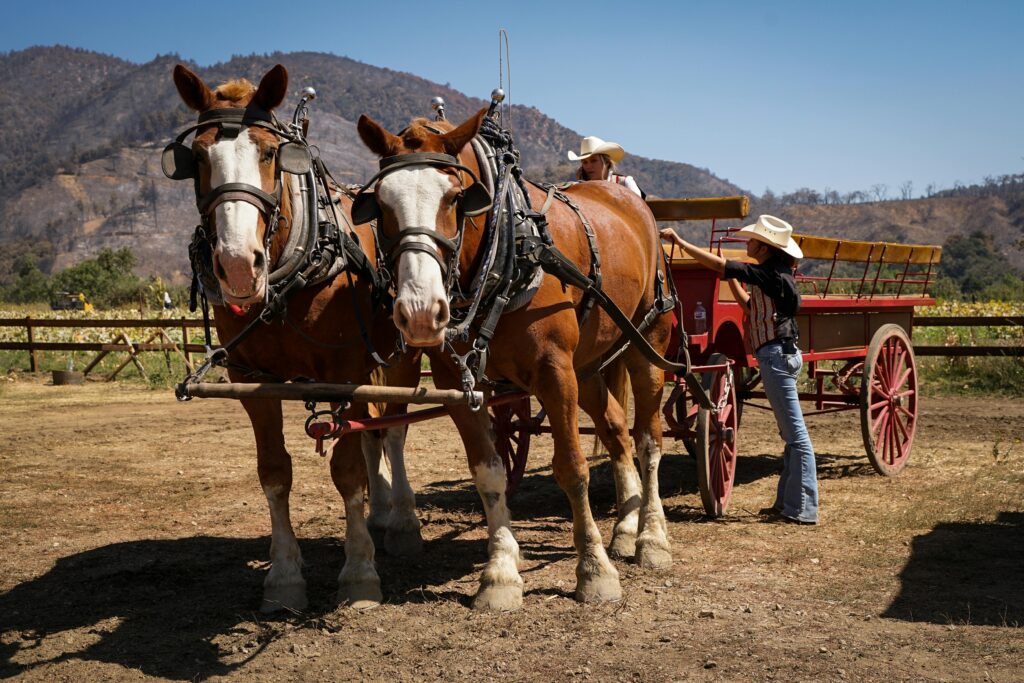
Now, I know what you’re thinking—hayrides aren’t exactly extreme sports. But hear me out: as someone who appreciates a good scenic tour, these wagon rides offer perspectives on the landscape that you simply can’t get on foot. Plus, after spending the morning wrestling with a corn maze, there’s something deeply satisfying about sitting back and letting someone else do the navigating for a while.
The best hayrides are essentially guided tours of working farms, offering insights into agricultural practices, local history, and the changing seasons. At Vala’s, the hayride serves as both transportation and sightseeing tour, winding through their massive property and giving you a bird’s-eye view of all their different activity areas. It’s like a trail overview before you commit to exploring on foot.
Basse’s Taste of Country Farm in Wisconsin offers particularly scenic hayrides that showcase classic Midwest agricultural landscapes. Rolling hills, changing foliage, and well-maintained farmland create the kind of views that remind you why people fall in love with rural America. As someone who spends a lot of time hiking for views, I can appreciate a good scenic tour even when it comes with hay bales instead of hiking boots.
Some farms also offer “haunted hayrides” after dark, which add an element of adventure to the experience. While they’re more theatrical than challenging, there’s something undeniably fun about a nighttime wagon ride through decorated trails. It’s like the outdoor recreation equivalent of a campfire ghost story.
Pro tip: bring layers. Hayrides happen in open wagons, and October evenings in the Midwest can get chilly fast. Also, sit near the back if you want the best views and don’t mind a slightly bumpier ride.
Animal Encounters: Wildlife Watching, Farm Style
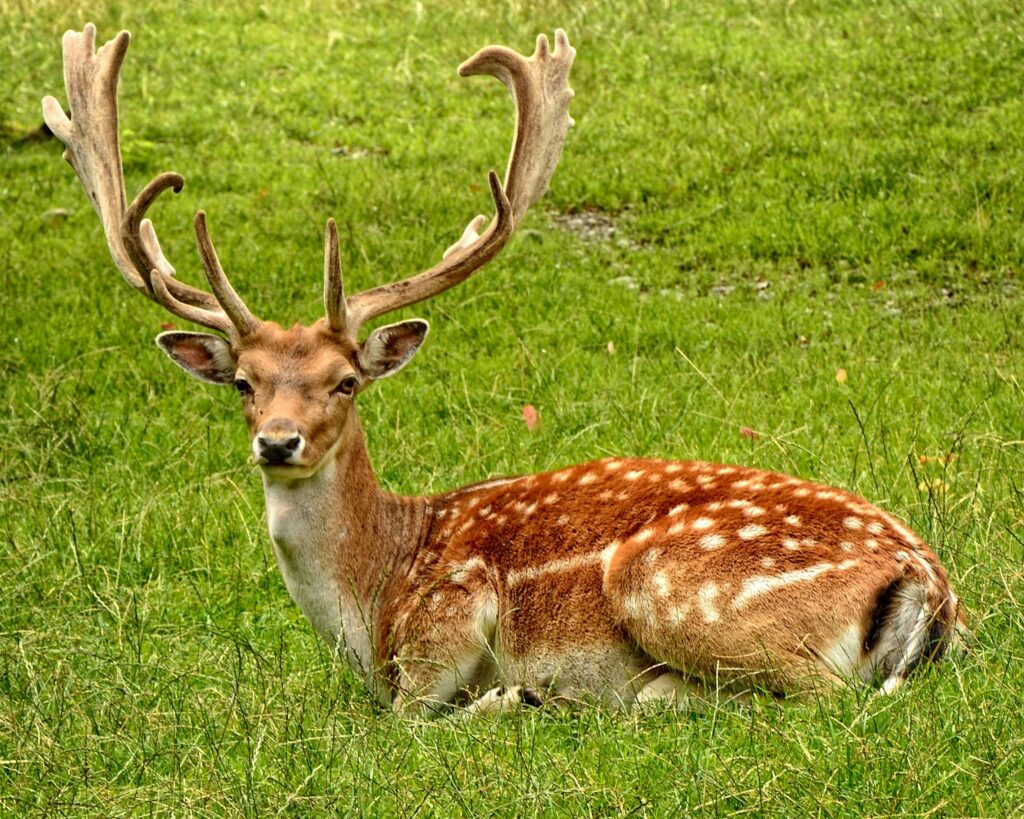
As an outdoor enthusiast, I spend a lot of time observing wildlife in their natural habitats. But there’s something uniquely charming about the up-close animal encounters you get at pumpkin patch petting zoos. These aren’t wildlife sightings—they’re more like meeting the friendly locals.
Vala’s animal program is impressive in scope and educational value. Their “Goat Mountain” is basically a playground designed by goats, for goats, and it’s endlessly entertaining to watch these natural climbers navigate their custom-built structures. As someone who’s spent time rock scrambling, I have genuine respect for goat agility and balance. They also have traditional barnyard animals—sheep, pigs, chickens—that offer great opportunities for kids (and adults) to learn about farm life.
Deanna Rose Children’s Farmstead in Kansas takes the educational aspect seriously, with knowledgeable staff who can teach you more about animal behavior and farm management than you’d expect. It’s like having a naturalist guide, but instead of pointing out bird species, they’re explaining the difference between heritage breed pigs and modern commercial varieties.
Even smaller operations often have a handful of friendly animals that serve as farm ambassadors. There’s something grounding about these interactions—a reminder that agriculture is about more than just growing crops. These animals are part of working farm ecosystems, and getting to meet them adds depth to the whole pumpkin patch experience.
From an outdoor education perspective, these animal encounters offer valuable lessons about agriculture, animal husbandry, and the connections between farming and the natural world. Plus, feeding a friendly goat is surprisingly therapeutic after a challenging day in the corn maze.
Fall Festivals: Base Camp for Autumn Adventures
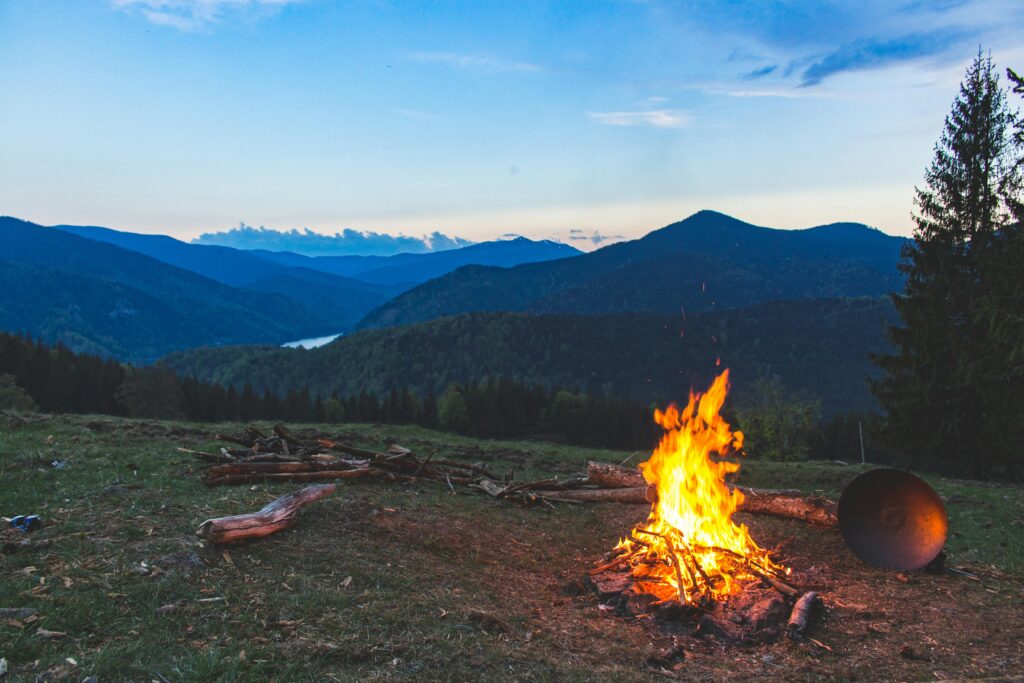
The biggest pumpkin patches aren’t just farms—they’re temporary outdoor festivals that happen to have really good snacks. As someone who’s attended plenty of outdoor recreation festivals and adventure races, I can appreciate the logistics and planning that go into these massive seasonal events.
Vala’s Fall Festival is basically the outdoor recreation equivalent of a major trail festival. Multiple activity zones, food vendors, live entertainment, and enough attractions to keep you busy for an entire weekend. They’ve got giant bouncing pillows (think obstacle course elements), pedal go-karts (like mountain biking, but on flat ground), corn pools (sensory experience meets playground), massive slides (gravity-powered fun), and train rides that offer tours of the property.
The scale is genuinely impressive. This is event planning on the level of major outdoor festivals, with the added challenge of being completely seasonal and weather-dependent. As someone who’s helped organize trail races and outdoor events, I have serious respect for the logistics involved in managing thousands of visitors on a working farm.
Goebbert’s Farm in Illinois offers a different model—more curated, with unique attractions like their “Animal Land” featuring exotic animals alongside traditional farm residents. Their approach feels more like a specialized outdoor education program with festival elements, rather than a pure entertainment venue.
Smaller local festivals often provide the most authentic experiences, with local craft vendors, live music from regional bands, and community-focused activities. These feel more like the outdoor recreation community gatherings I’m used to—smaller, more personal, with genuine connections between organizers and participants.
The key to enjoying these festivals as an outdoor enthusiast is to approach them like any other adventure: have a plan, but be flexible. Prioritize the activities that most appeal to you, stay hydrated, and don’t try to do everything in one visit. Just like a good day hike, pacing yourself leads to better experiences.
Fueling Up: Trail Food, Farm Style
Any serious outdoor adventurer knows that nutrition is crucial for sustained energy during activities. Pumpkin patch food game is surprisingly solid, offering the kind of hearty, satisfying options that actually fuel a day of exploration.
Pumpkin donuts are basically energy bars disguised as dessert. Warm, spiced, often made fresh throughout the day, they provide quick carbs and genuine comfort. I’ve definitely used these as trail fuel during particularly active pumpkin patch days.
Apple cider serves multiple purposes—hydration, electrolyte replacement (natural sugars), and warming you up when the temperature drops. Hot cider after a challenging corn maze is like hot chocolate after a winter hike.
Kettle corn is the perfect trail mix alternative—sweet and salty, easy to carry, provides sustained energy. Plus, the fresh-popped variety you get at farms is infinitely better than anything you’d find in a gas station.
The heartier options—BBQ, chili, roasted corn—provide the kind of substantial nutrition you need for active days. After spending hours walking through corn mazes, climbing on play structures, and chasing kids around petting zoos, you need real food, not just snacks.
From a practical standpoint, most major pumpkin patches have figured out the food logistics pretty well. Multiple vendors, reasonable variety, and usually decent quality. Just like at any outdoor event, expect to pay premium prices, but the convenience and atmosphere often make it worthwhile.
Planning Your Pumpkin Patch Adventure
Approaching pumpkin patch visits with the same planning mindset I use for outdoor adventures has dramatically improved my experiences. Here’s my strategic approach:
Scout the terrain first. Check websites, social media, and reviews to understand the layout, main attractions, and current conditions. Look for maps if available—many larger patches provide detailed layouts that help you plan your route through the property.
Consider group dynamics. Just like planning a hiking group, think about fitness levels, interests, and attention spans. A challenging corn maze might be perfect for teenagers but frustrating for toddlers. Plan accordingly.
Weather awareness is crucial. October weather in the Midwest is notoriously unpredictable. Layer clothing, bring rain gear if clouds threaten, and have backup plans for extreme weather. Good boots are non-negotiable—you’ll be walking on uneven terrain, possibly muddy paths, and definitely through areas with agricultural debris.
Timing strategy matters. Early in the season (late September) often means better weather and smaller crowds. Weekdays are almost always less crowded than weekends. Early morning visits beat afternoon rushes.
Pack like you’re going outdoors. Because you are. Sunscreen, water bottles, first aid basics, snacks, and a small backpack to carry purchases. Your phone should be charged (you’ll want photos), but consider bringing a portable charger for longer visits.
Budget like it’s a day pass to an adventure park. Because essentially, that’s what it is. Admission, food, activities, and souvenirs add up quickly. Plan accordingly.
Embrace the experience. Don’t rush through trying to see everything. Pick a few key activities and really enjoy them, rather than frantically trying to check every box.
The Unexpected Adventure of Midwest Pumpkin Patches
Here’s what surprised me most about diving deep into pumpkin patch culture: these places have become legitimate outdoor recreation destinations that happen to be themed around agriculture. The best ones offer genuine adventure, physical challenges, educational opportunities, and community experiences that rival any outdoor festival or adventure park.
They’ve also become important bridges between urban and rural communities, introducing families to agricultural life while providing economic opportunities for working farms. As someone who values both outdoor recreation and agricultural preservation, I appreciate how these operations serve both purposes.
From an adventure perspective, they offer unique seasonal challenges that you can’t replicate any other time of year. Where else can you navigate a 28-acre corn maze, zip through farm landscapes, interact with heritage breed animals, and fuel up on fresh cider donuts, all in one location?
The social aspect is significant too. Like any good outdoor recreation community, pumpkin patches bring people together around shared experiences. Families bond over conquering mazes together, friends laugh about getting lost in corn fields, and communities gather to celebrate the harvest season.
Your Autumn Adventure Awaits
As the leaves turn and the air gets crisp, I’m already planning this year’s pumpkin patch adventures. My gear is ready—boots, layers, camera, and enough enthusiasm to tackle whatever agricultural obstacles these creative farmers throw at me.
Whether you’re a serious outdoor adventurer looking for seasonal fun, a family seeking active entertainment, or someone who just appreciates well-designed recreational experiences, the Midwest’s pumpkin patch scene has something to offer. These places represent some of the most creative, challenging, and downright fun outdoor recreation opportunities available during autumn.
So lace up those boots, grab your sense of adventure, and head out to explore these harvest season playgrounds. Just remember to pace yourself—there’s a lot more terrain to cover than you might expect, and the best adventures are the ones you can fully enjoy rather than rushing through.
Trust me, as someone who’s navigated backcountry trails and suburban corn mazes with equal enthusiasm, the Midwest’s pumpkin patches offer some of the most unique and memorable outdoor adventures you’ll find anywhere. The only question is: which maze will you conquer first?
Ready for more Midwest family fun? Bookmark HiddenMidwest.com for curated guides, honest reviews, and real stories from families who’ve been there, done that, and lived to tell the tale! Want more? Check out our X, Pinterest, Insta, or Youtube for more action-packed Midwest adventures.

